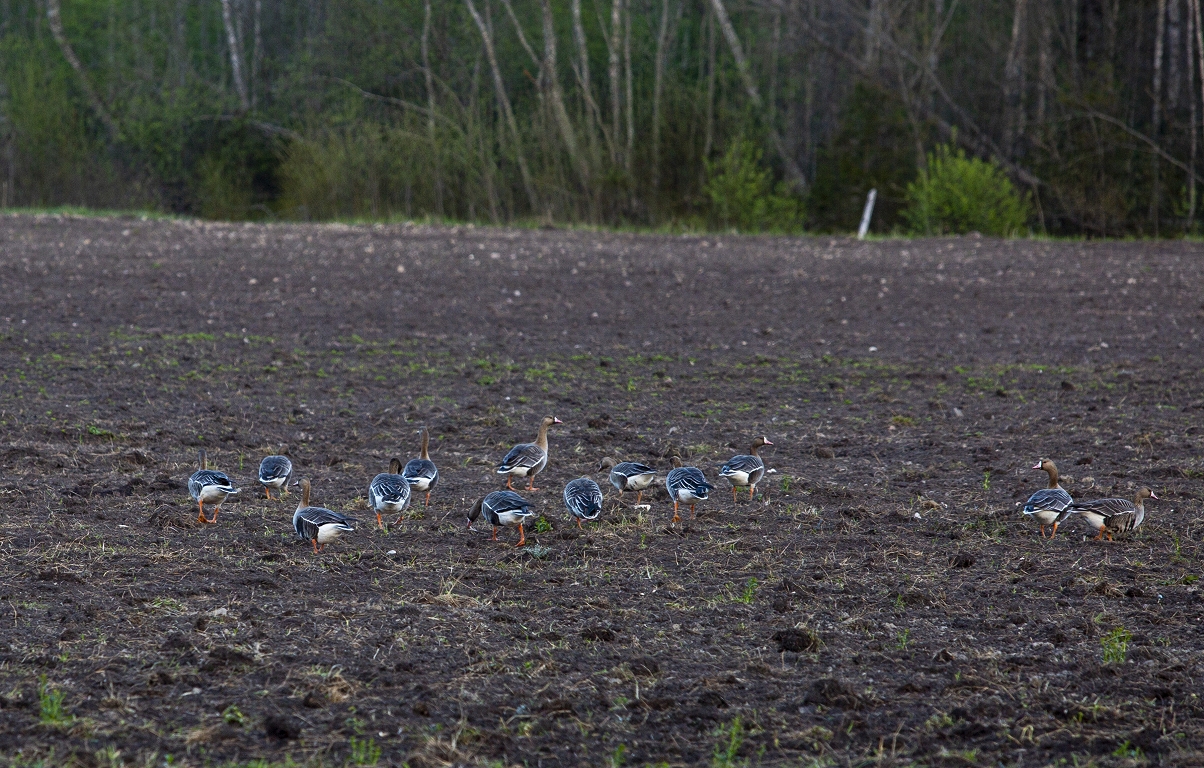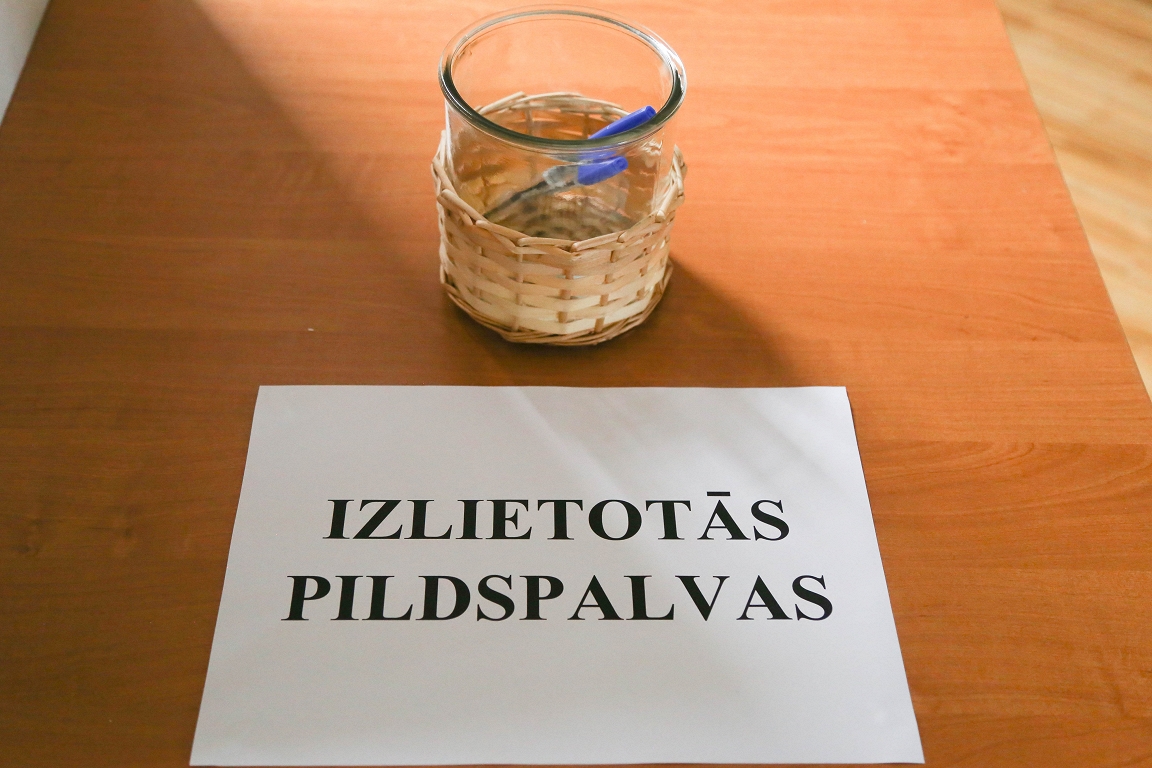41 Permit for geese for fatal repulsion / day

With authorizations issued by the Board by May 15th, a total of no more than 1,000 goose – 500 sowing goose – can be obtained throughout Latvia Anser Fabalis and 500 white -pierce goose Anser Albifrons. Fewal repulsion can only be done at a daytime day when birds are landed in agricultural land outside specially protected nature areas that are formed for bird protection.
At the time of repulsion, all conditions and regulatory enactments regulating hunting must be observed, as well as the use of smooth -shock ammunition containing lead, and a lead -based smooth -free ammunition at the place of action. If the geese rise in the wings, their extraction and repulsion should be stopped.
This spring, the Board has received 14 applications for crop production of 479 ha. By comparison, the area of the devastation applied for in 2024 was 382 ha, and 216 ha in 2023. The Office cost farmers in the year 2024 geese costs € 170,917 for crop production, exceeding the amount of compensation of 2023 – 131,238 euros.
Geese and swans are migratory birds that gather in large bars and stop periodically during travel to rest, eat and switch to unfavorable weather. Migration to and from wintering sites is a complex process that requires a great deal of energy consumption. Therefore, regular stopping points are very important for the birds to reach the destination of travel. Migratory birds in agricultural lands are settling because they lack natural nutrition and resting areas, and in cultivated areas for birds, feed is easier to access.
In the middle of the 21st century, the number of geese in Europe had dropped to a minimum due to the extinction of the attraction and the disappearance of natural habitats. Thanks to the introduced strict defense measures, mainly spring hunting prohibitions, the populations of several goose species are currently renewed. In Latvia, no geese species are hunted in spring migration.
Species and Habitat Protection Law and Hunting Act, which introduce a Council of Europe Directive on wild bird protection, prohibits the hunting of migratory birds in the traditional sense of hunting in the spring. If, however, alternatives are not acceptable and do not harm the populations of the species concerned, there are exceptions to the extraction and disruption of birds in certain cases, for example, for the purpose of reducing the loss caused by crop production.




/s3/static.nrc.nl/images/gn4/data133305174-ec8c91.jpg)


